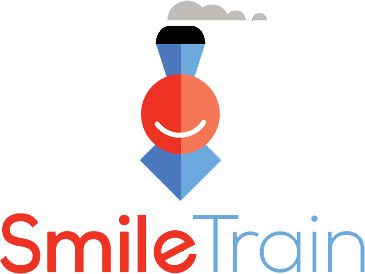Putting mental health on the map for children with clefts in Colombia
In Medellín, Colombia, a cleft care team is offering psychological support to children with cleft lip and palate, as well as their families. Devex traveled to Colombia to learn more.


Santiago Garcia Vargas is waiting around in the corner of the dance studio in Medellín, Colombia, where he practices four hours a day, every day of the week. The 9-year-old — who was born with a cleft lip and palate, or CLP — has a small scar left on his upper lip. While he used to be shy, dancing has helped improve his self-esteem and helped him forget about the challenges he faces due to his cleft. “I’ve stopped being embarrassed. If it was up to me, I would hide my face. But dancing takes away any negative thoughts,” he says.
As soon as the salsa music starts to play, Santiago straightens his back and takes the hand of his dance partner — he knows what he’s doing, and it’s not just splits. His dance group is practicing for an upcoming performance at the Medellín Museum of Modern Art, and the choreography includes everything from ultraquick footwork to “Dirty Dancing” style lifts.
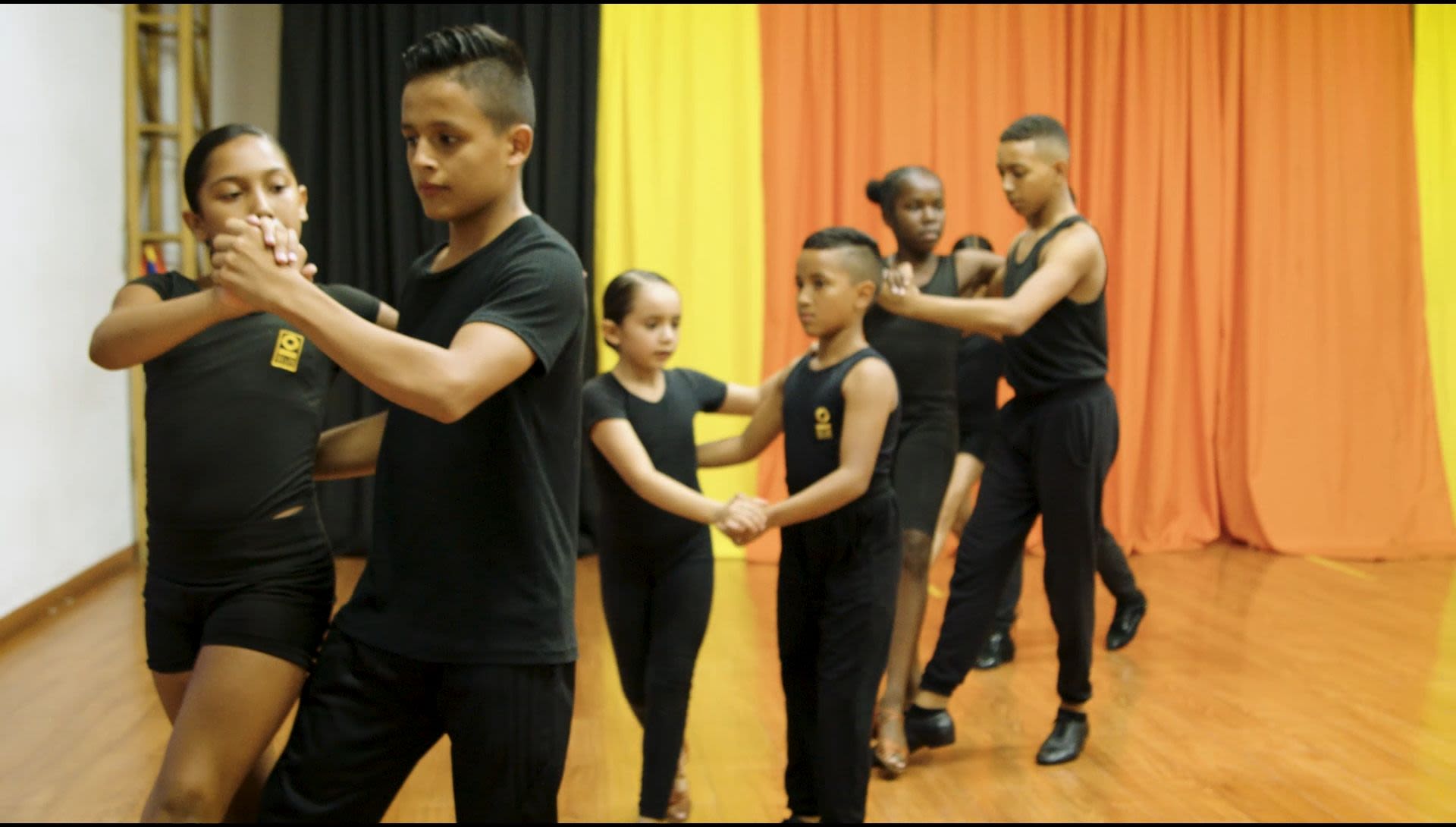
In Colombia, more than 3 out of every 10,000 inhabitants have a cleft lip or palate, or both. Treating CLP is a lifelong process that goes beyond surgeries to include speech therapy, orthodontics, and nutrition care, as well as psychosocial support. Having a child with the condition can also be mentally challenging for the parents, who are either faced with the diagnosis during pregnancy or at birth. For many, time and counseling are needed to accept and prepare for a child with CLP.
Mental health impacts on the family
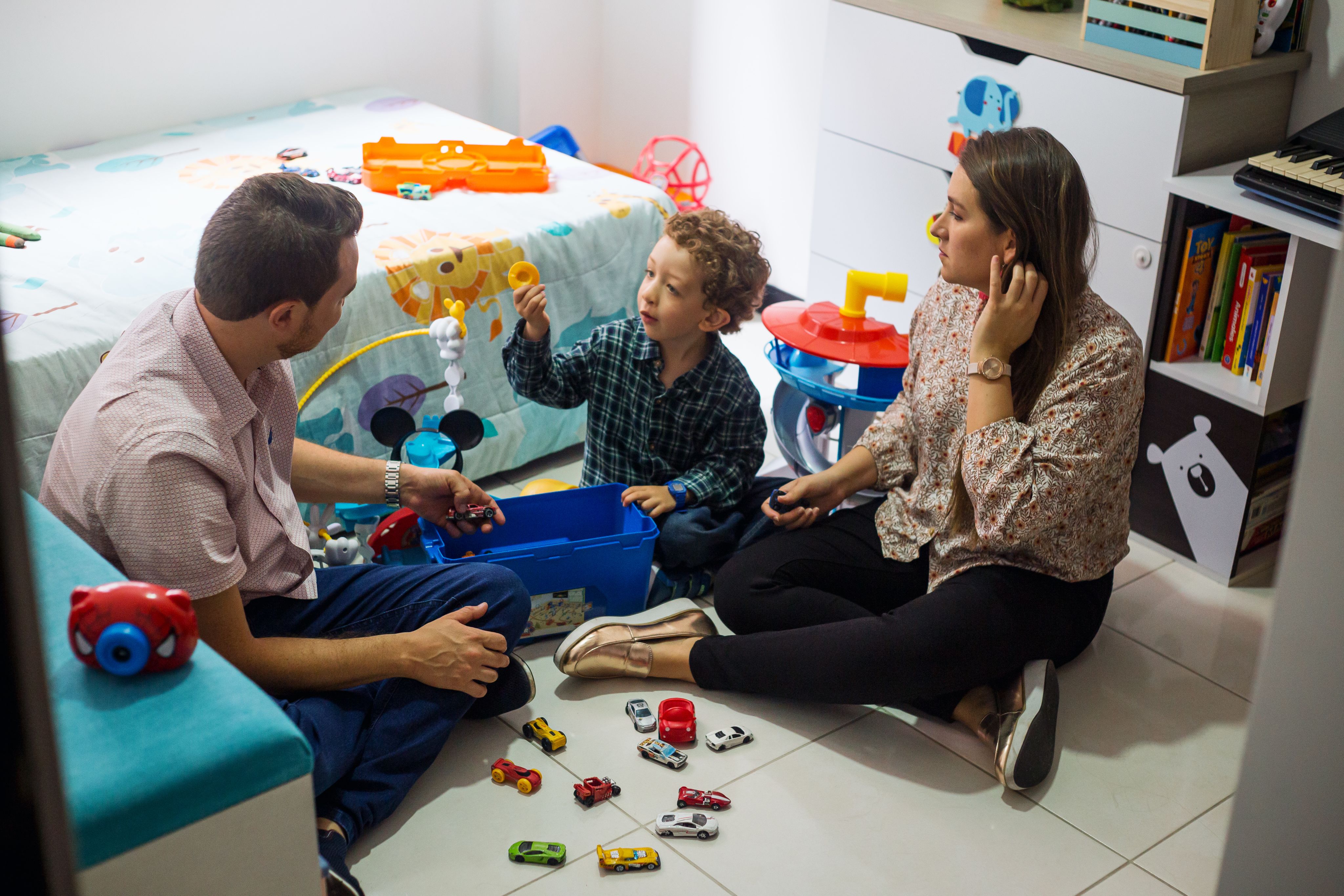
Alejandra Lopera Giraldo and Juan Guillermo Correa Restrepo found out that their unborn son had CLP during an ultrasound at five months of pregnancy. They were immediately referred to Fundación Clínica Noel, a children’s hospital in Medellín that is focused on children with special health conditions such as CLP and one of Smile Train’s 1,100 partner hospitals around the world.
They met psychologist and Smile Train’s South American Medical Advisory Board Member Martha Jaramillo, who is behind the clinic’s psychosocial support program and has worked with patients with CLP and their families for the past 27 years. Throughout the pregnancy, the couple received her counseling, which helped them accept and understand the diagnosis. “It was devastating for us. It was very sad, and we cried for weeks. But we were lucky because the next day we met with a psychologist who accompanied us through the process,” said Correa Restrepo.
Smile Train is the world’s largest cleft-focused organization, with a sustainable and local model of supporting surgery and other forms of essential care. Over the past 20-plus years, it has supported quality cleft care for more than 1.5 million children.
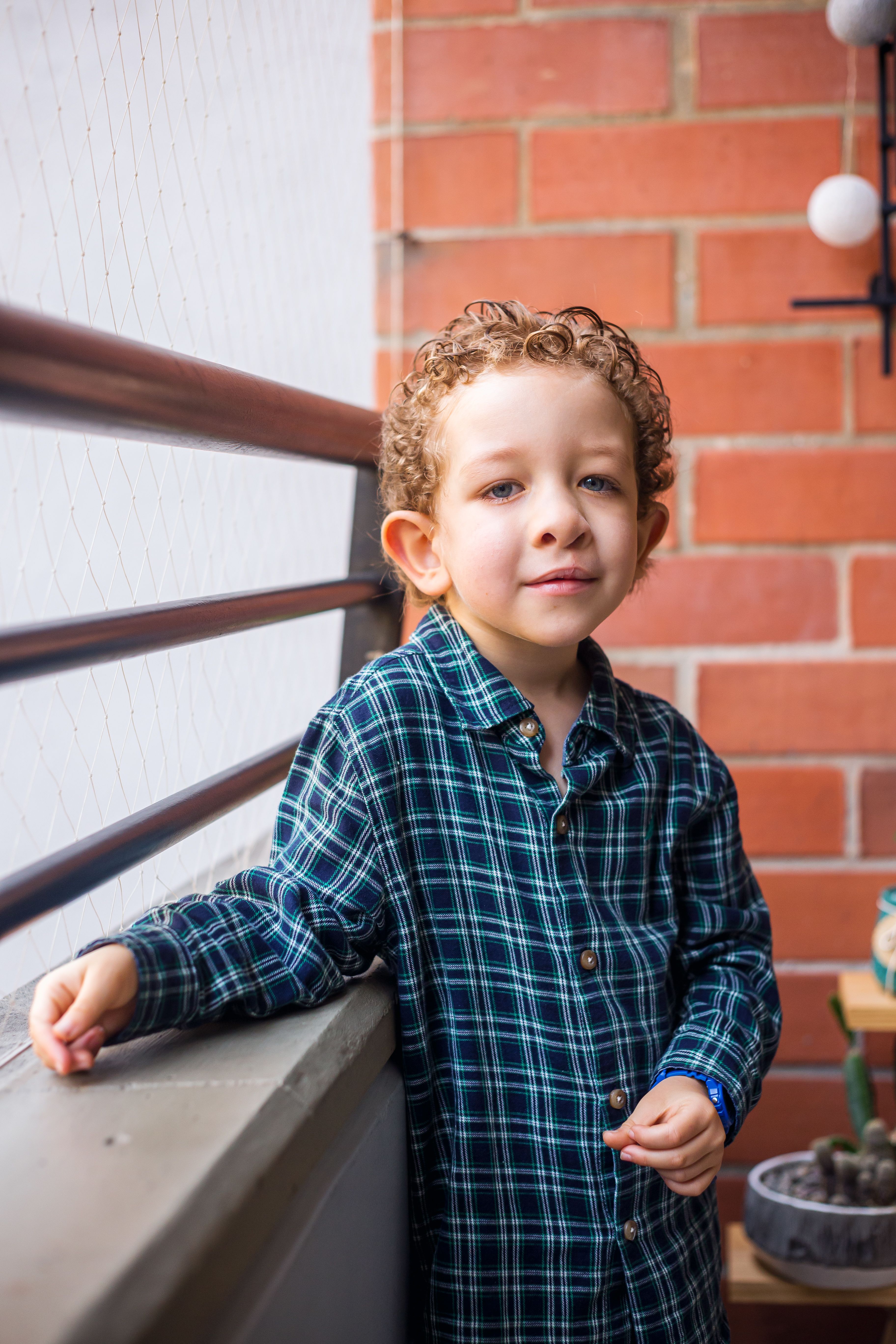
5-year-old Juan José at his home in Medellín, Colombia.
Ideally, families would receive the diagnosis at around 12 to 14 weeks of pregnancy, allowing them to participate in five to six counseling sessions, including with siblings and extended family, before the baby is born, said Jaramillo. This ensures that families are prepared and can cope much better once the child arrives. “The mom and dad, or the caretakers, are really important. … If they don’t assimilate the condition, the support they provide [to the child] will be insufficient,” said Jaramillo.
She helped Lopera Giraldo and Correa Restrepo stop dwelling on why this had happened to them and instead focus on preparing for what was to come, including the birth and the treatments. “In a way, we had to grieve for the perfect child that we had imagined,” said Correa Restrepo. According to a 2018 study, the psychological effects of CLP extend to the parents, especially mothers, but social support can have a positive influence.

5-year-old Juan José at his home in Medellín, Colombia.
5-year-old Juan José at his home in Medellín, Colombia.
Creating an online support network

When the family first started looking online, they realized there wasn’t a lot of information about cleft care in Colombia — or even in the Spanish language, for that matter. So, Lopera Giraldo started her own Instagram account and YouTube channel to share her son’s journey with other parents. The boy, named Juan José, is now 5 years old, and Lopera Giraldo has documented every one of his procedures — from the first palate inserts he wore as a baby to his lip surgery and, later on, the correction of his palate.
One of the posts from the Instagram page Lopera Giraldo has created to share her son's cleft care journey.
“A lot of families reach out when they’ve just received the diagnosis,” she said. “Some have a lot of doubts and questions about what will happen — if the kids can develop normally, what the process is. We try to help answer their doubts and to accompany them.”
Sharing her experience has also helped her personally and has become a way to connect with other families. “It’s a way of extending that support network — of making sure that people don’t feel alone and like this is something that is only happening to them,” she added.

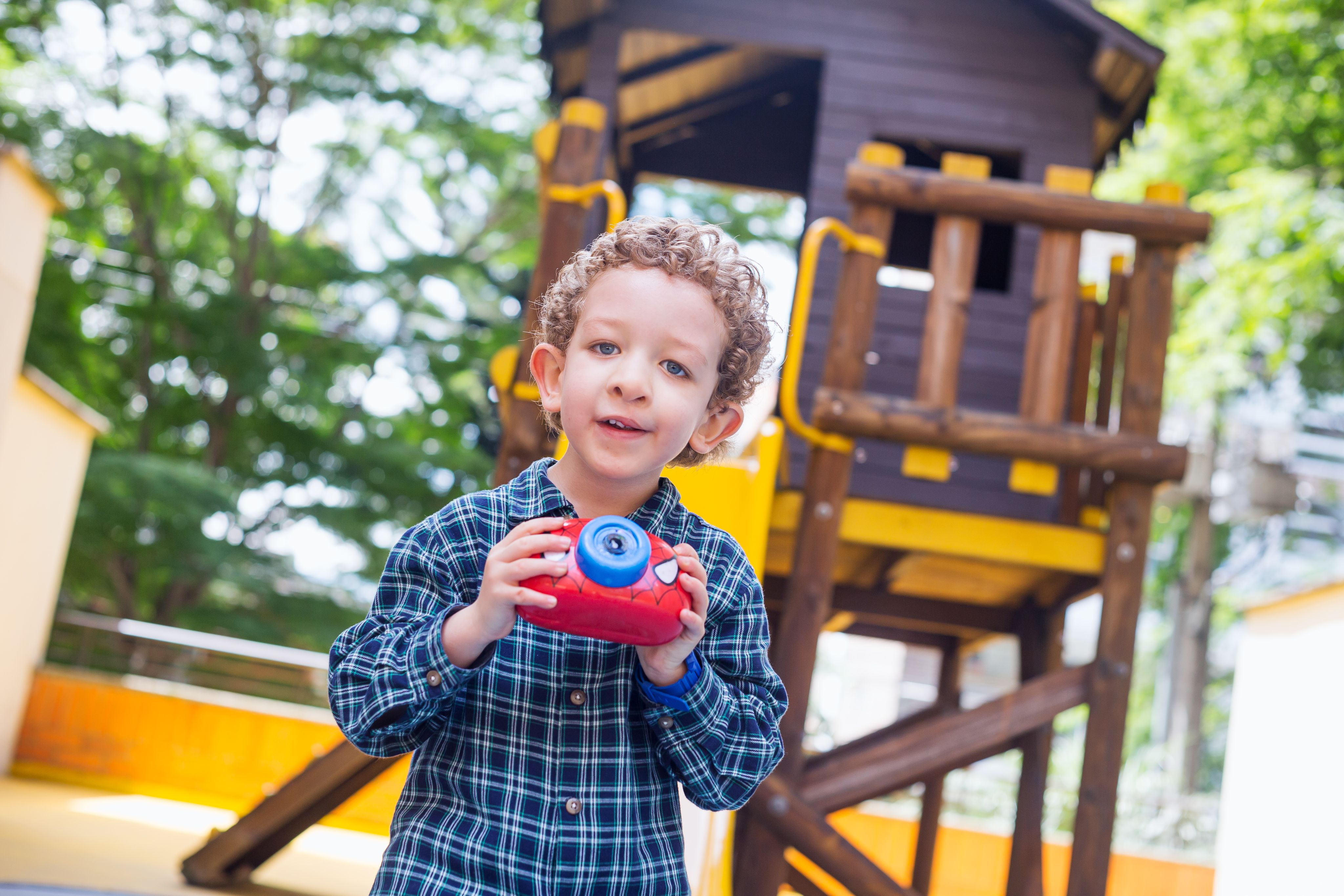


Lopera Giraldo found out that the son she was expecting had a cleft lip and palate when she was five months pregnant.
Lopera Giraldo found out that the son she was expecting had a cleft lip and palate when she was five months pregnant.

Juan José has been receiving care – including surgeries – at Clínica Noel since he was only a few days old.
Juan José has been receiving care – including surgeries – at Clínica Noel since he was only a few days old.

Juan José and his family at the playground next to their home in Medellín.
Juan José and his family at the playground next to their home in Medellín.

Another part of the cleft journey that can be stressful for both parents and children is the surgery. To help prepare families, Fundación Clínica Noel hosts preparatory online sessions every Tuesday and Thursday to go through what they can expect on the day of the procedure and answer any questions. Psychological preparation is a prerequisite for all children who are about to undergo surgery — and helps ease the fear and distress of both the parents and the patient.
Hosting the sessions online has made it easier to reach families outside of the city, who no longer have to travel into Medellín for speech therapy and other appointments.
Coping with bullying and low self-esteem
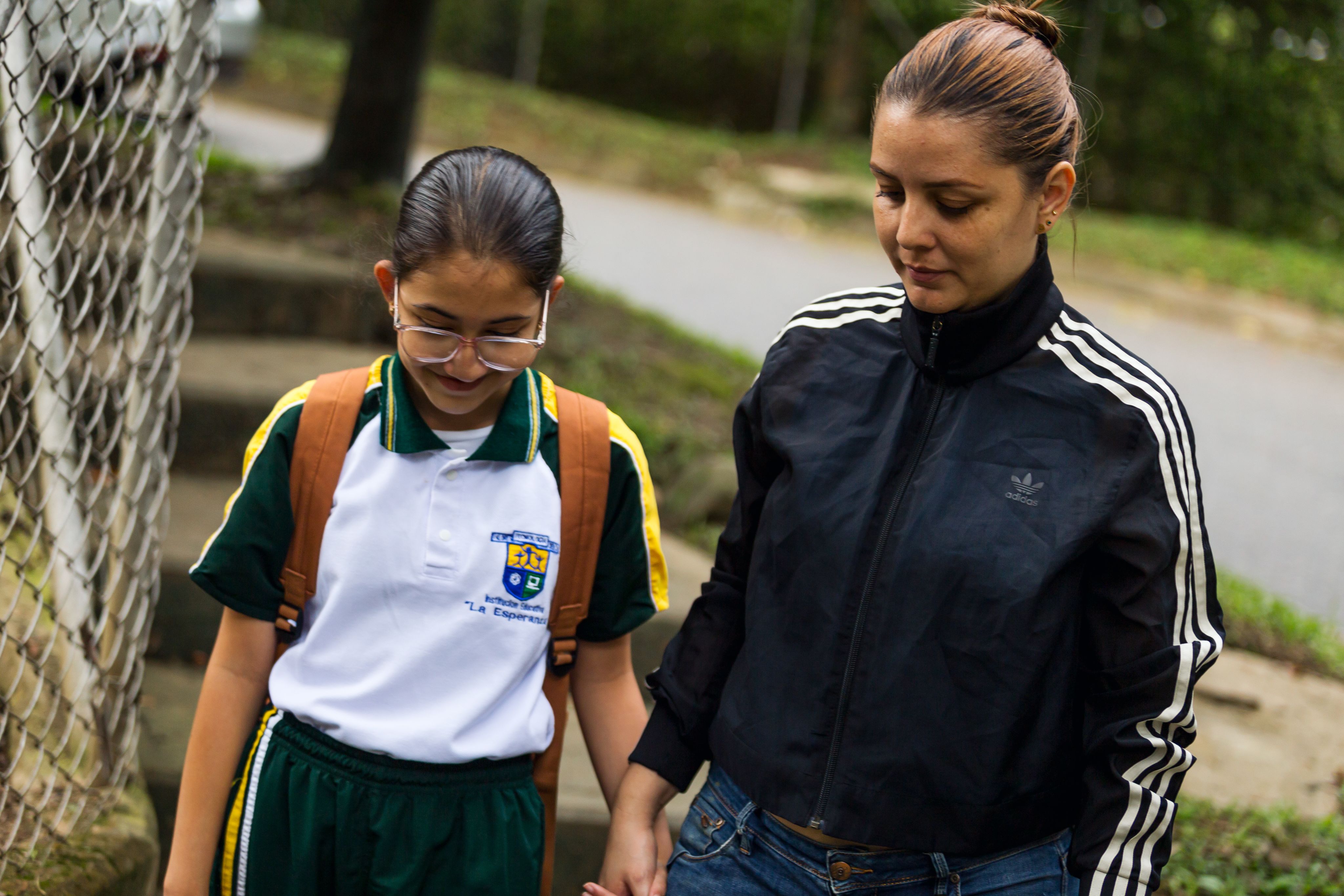
Starting school is a key moment for every child, but it can be a daunting experience for those with CLP. Many have visible scars, some speak in a slightly nasal voice, and others might have more severe difficulties with speaking — all of which can have a big impact on their mental well-being, particularly during school years.
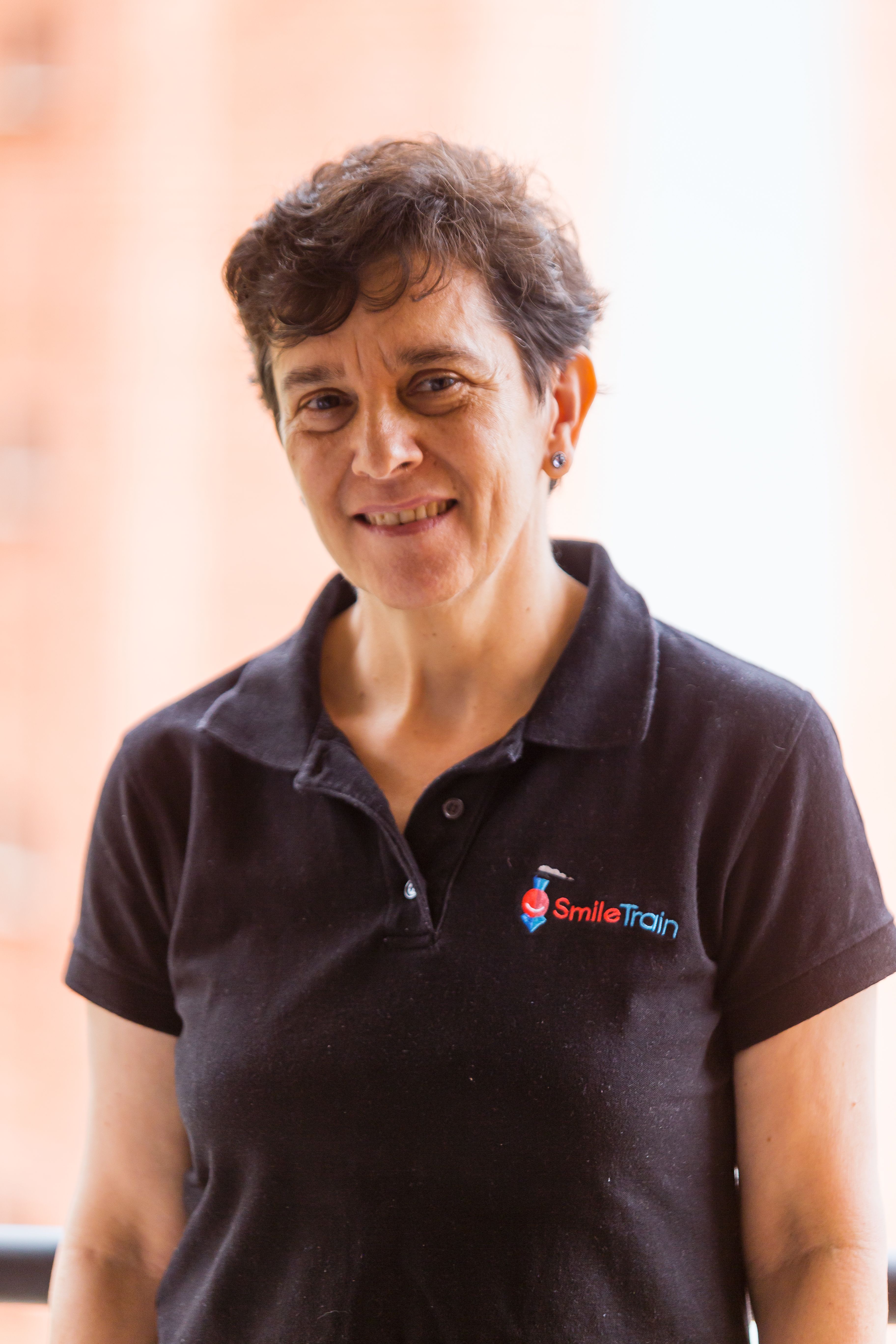
Martha Jaramillo, the psychologist behind Clinica Noel's psychosocial support program.
In a 2015 study of school-age children — with an average age of 15.5 — born with a cleft, 42% reported bullying at least daily and 26.3% felt marked for life, with sadness reported by 50% and depression by 31%. One of the greatest issues facing many individuals with CLP is feeling isolated and misunderstood. “Coping with the medical issues that can go along with a cleft is one thing, but having to explain your or your child’s differences over and over again, facing stares and comments, and not knowing anyone else in the same situation can take a heavy toll,” according to a 2018 report by the Cleft Lip & Palate Association.
Psychosocial support is particularly important at the start of school life, when a child begins to interact with people outside the family and might come across those who ask “What have you got there?” or “What happened to you?” said Lopera Giraldo. “It’s important to give the children the tools they need to confront these situations,” she added.
Jaramillo taught them how to talk to Juan José about what happened to him, to show him photos and discuss CLP so that when someone asks him about it, he can respond and explain his condition.

Martha Jaramillo, the psychologist behind Clinica Noel's psychosocial support program.
Martha Jaramillo, the psychologist behind Clinica Noel's psychosocial support program.
Valery Nieto Álvarez, a 13-year-old who was also born with a CLP, was bullied so badly that her mother, Diana Álvarez, decided to temporarily take her out of school. When things were at their worst, Valery would sometimes make herself vomit and pretend she was sick to avoid going to school. The bullying even reached the point of becoming physical, and she started to have sleeping disorders and eating problems, said Álvarez.
When Valery was out of school, “We signed her up for swimming classes, volleyball, dance, and theater classes,” said Álvarez. “We kept her busy, and these spaces really strengthened her. She started to relax more. She wasn’t vomiting anymore. She could sleep.”
As part of her treatment, Valery has also been seeing clinical child psychologist Camila Osorio at Fundación Clínica Noel for the past three years. Now they meet once a week, and Valery has since changed schools. “With her I can let things out. I explain what happens in my day-to-day. I tell her about my personal life, about school, about how things are at home — all of that,” Valery said.
The lifelong cleft journey

Cleft patients need various types of treatment and psychosocial support throughout different stages of their life, said Osorio, who coordinates the Proyecto de Vida, or Life Project, at Fundación Clínica Noel. With the financial support it’s been receiving from Smile Train since 2020, the project has been able to grow and now reaches more than 250 families.
Child psychologist Camila Osorio explains her role in the Life Project and what it aims to achieve.
Activities are broken down into five groups, based on families’ needs and the age of the patient. “It’s not the same to speak to a pregnant mother about what concerns her and to speak with the mother of a preteen about her concerns,” said Osorio.
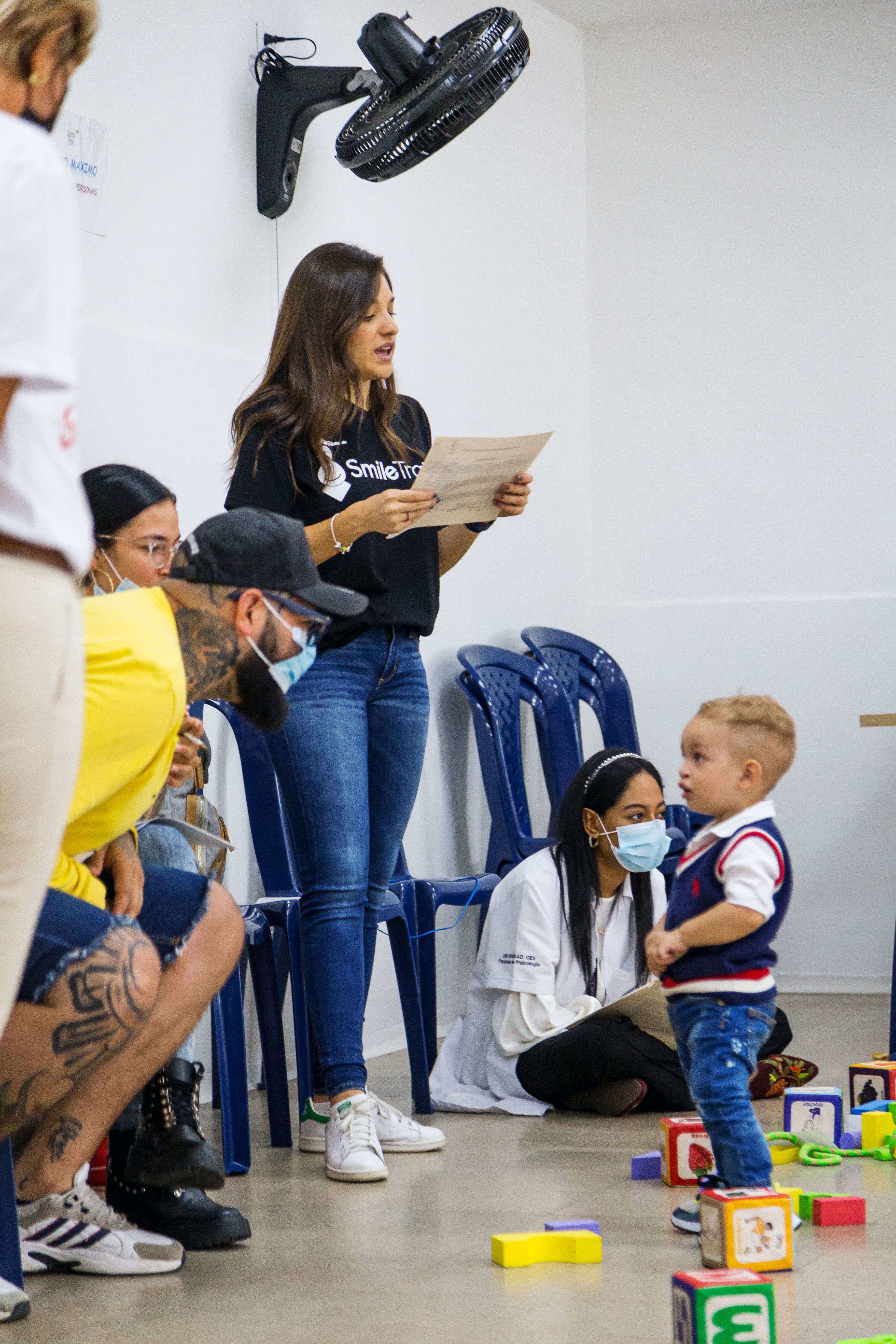
Osorio at a group growth and development session at Fundación Clínica Noel. The aim is to evaluate the children's development progress.
For example, pregnant women tend to worry about being able to breastfeed, whereas mothers of young children tend to worry about the surgeries and speech. For adolescents, activities might focus on their self-esteem and figuring out what they want to do after school, said Osorio.
The groups are also a place for the children to meet others with CLP, seeing that they might have a unique condition but are not the only ones who were born like this, said Osorio.

Osorio at a group growth and development session at Fundación Clínica Noel. The aim is to evaluate the children's development progress.
Osorio at a group growth and development session at Fundación Clínica Noel. The aim is to evaluate the children's development progress.
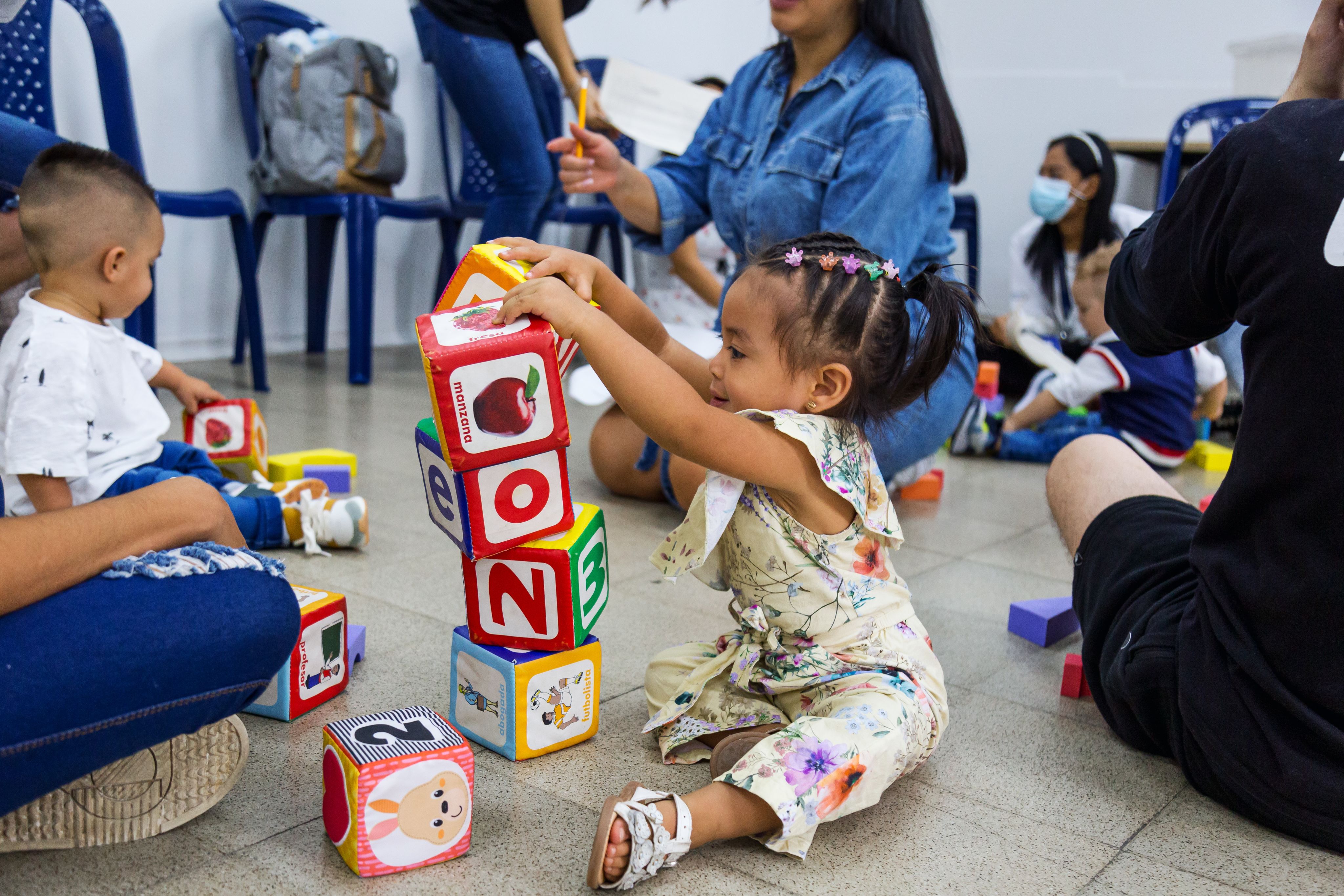
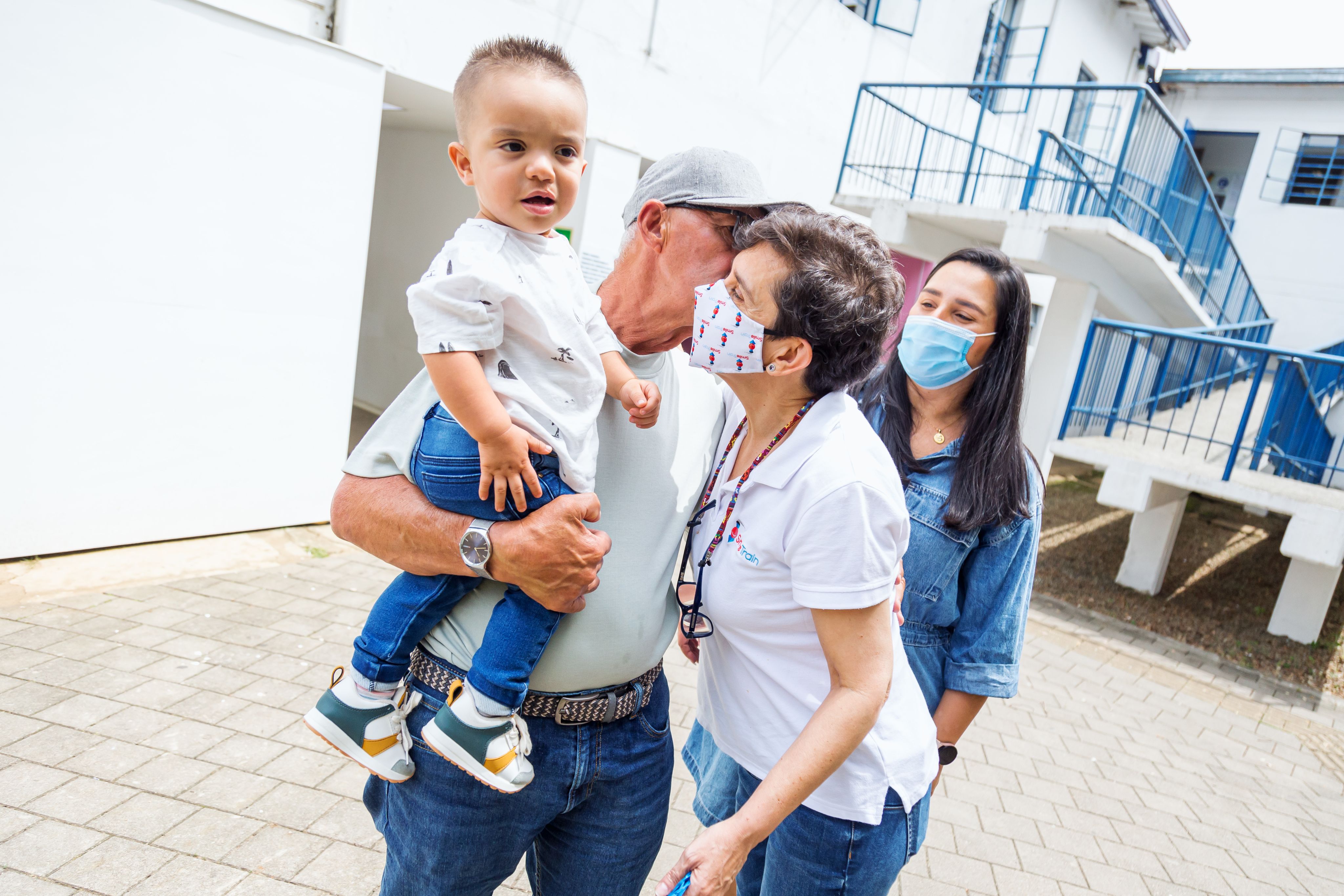


In the group sessions, the children are asked to perform certain tasks such as building a tower, jumping, or clapping to help evaluate their development.
In the group sessions, the children are asked to perform certain tasks such as building a tower, jumping, or clapping to help evaluate their development.

Simon attending the growth and development session with his grandfather and mother.
Simon attending the growth and development session with his grandfather and mother.

The group sessions are also an opportunity for the children to meet and play with other kids with the same condition.
The group sessions are also an opportunity for the children to meet and play with other kids with the same condition.
“I first met Santiago when I was doing my internship with Clínica Noel,” she said. “He was just starting to dance, and we saw this change in his self-esteem. This shy boy, who was quite withdrawn and didn’t like to participate in the workshops — through his dancing, we saw how his confidence improved, and also the confidence of his parents as they watched him get better and better.”
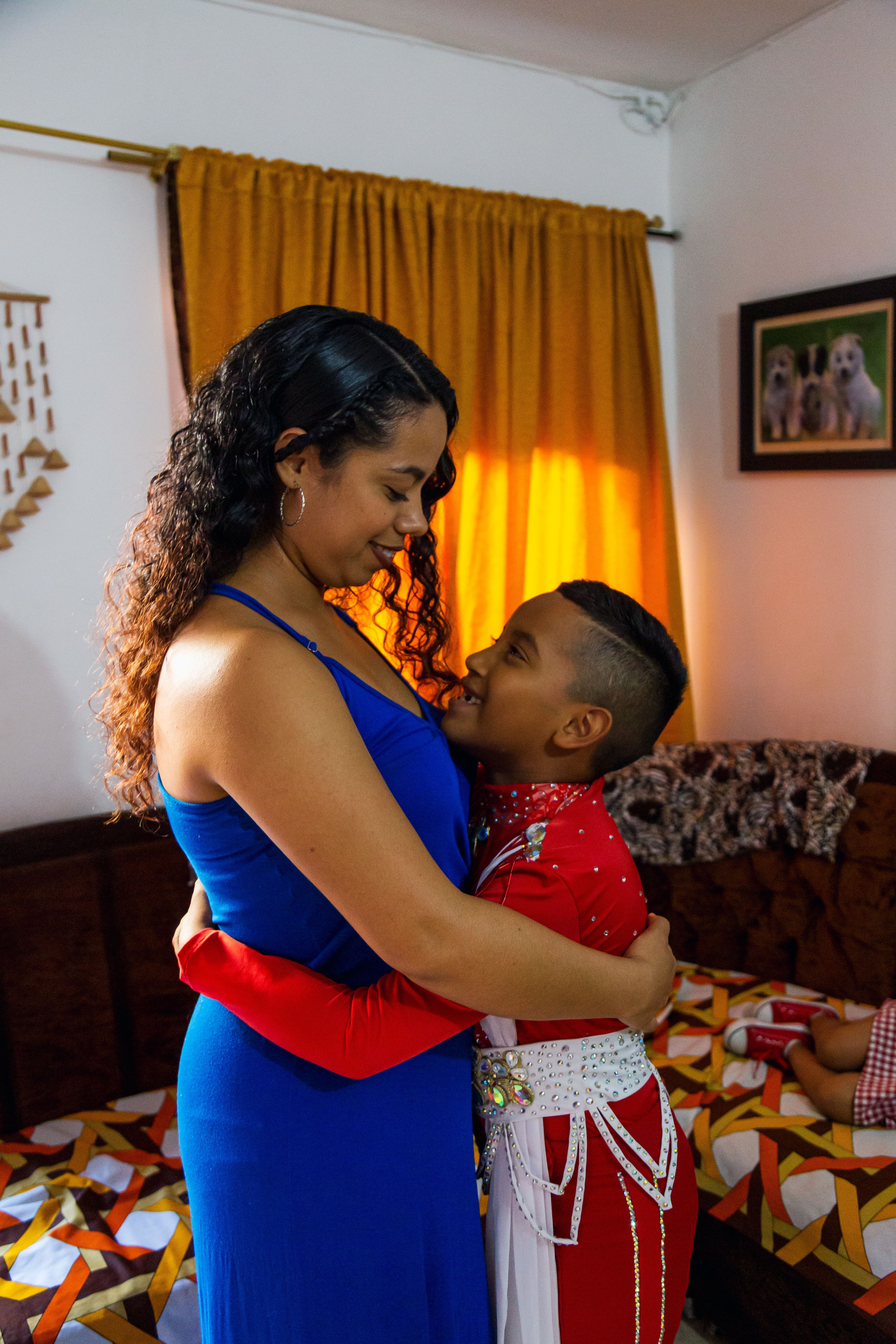
Santiago's mother Erika Maria Vargas is deeply invested in her son's cleft care journey and supports his dream to become a professional dancer. She takes him to all his dance practices and competitions.
According to Jaramillo, the perseverance of Santiago’s mom has been fundamental to his improvement. “The way she’s disciplined about his dancing — that’s how she is with the treatment at the clinic, too. She’s very committed,” she said.
Martha Jaramillo, a psychologist at Fundación Clinica Noel and founder of the Life Project, explains why psychosocial support is such an important part of cleft care.
For some parents, the most important part is the surgery and ensuring that their child speaks well. What’s visible becomes the most important — and it is — but it’s not enough, according to Jaramillo.
“Sure, we need to make sure that when a kid smiles, their little teeth are aligned, but also that they laugh with satisfaction because they love themselves, because they are accepting themselves. And that’s where the role of psychology comes in,” she said.

Santiago's mother Erika Maria Vargas is deeply invested in her son's cleft care journey and supports his dream to become a professional dancer. She takes him to all his dance practices and competitions.
Santiago's mother Erika Maria Vargas is deeply invested in her son's cleft care journey and supports his dream to become a professional dancer. She takes him to all his dance practices and competitions.

Credits:
Reporting and writing: Natalie Donback
Producer/director: Naomi Mihara
Editor: Richard Jones
Production team:

Videographer/video editor: Esteban Calvo
Photographer: Camilo Mazo
Production assistant: Isabel Lopera


